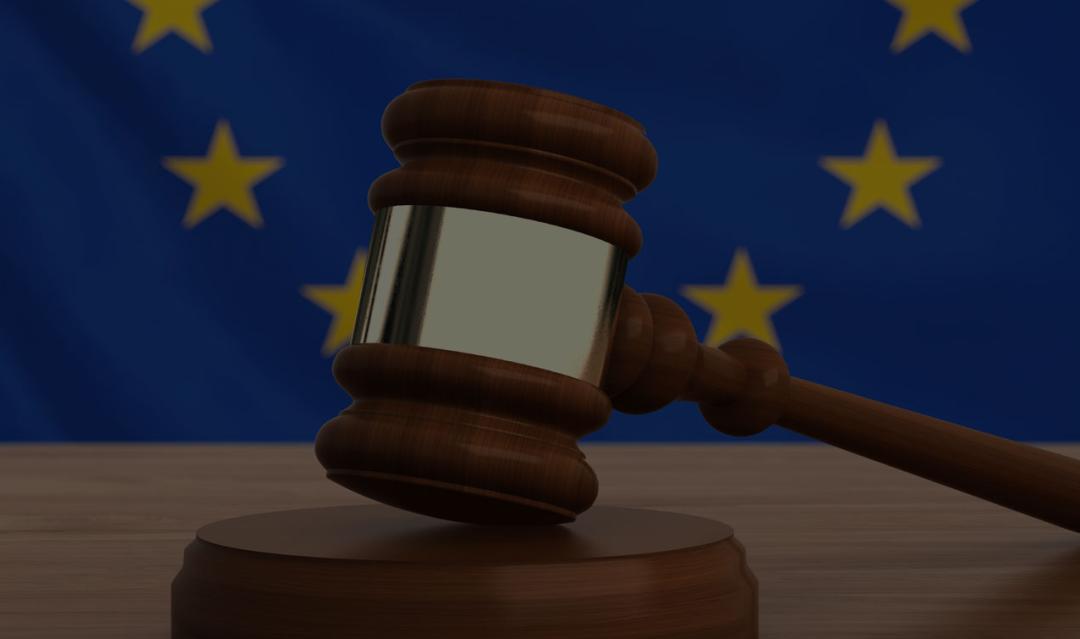European Accessibility Act: What you need to know
Europe has a new accessibility law taking effect June 28th, 2025.
It was just a few years ago that the European Union passed one of the most far reaching laws on data privacy, the GDPR. And while it was designed to protect citizens of the EU, it had a worldwide impact, including how many US-based companies conducted business online.
With this latest law, what do US-based organizations need to know?
The European Accessibility Act (“EAA”) is designed to establish a new set of rules around accessibility across a range of digital services and products–from websites and applications to banking services, e-readers and ticketing services.
Similar to the privacy-focused GDPR, this is by definition an European law, designed for European countries, and not the USA.
But that doesn’t mean US-based organizations shouldn’t pay attention.
As you can imagine, just about any website out there can (and does) get viewed by viewers around the world. It doesn’t matter if your organization is based in the U.S., Canada, or wherever. The World Wide Web has no borders.
That kind of global reach is often unintentional, of course. My own company, for example, isn’t seeking out European clients, but we still might show up in a search result outside of the U.S.
And for those situations, you really don’t need to worry about the EAA. It’s not designed to be applicable to those random interactions, where someone from the EU happens to visit your site.
But many organizations actively target a global audience—or at least make their products and services available to customers in the EU. And it’s those companies that need to be both aware of the EAA, and consider if they are following the rules.
Website accessibility is a critically important practice to follow, no matter where you live, and in the USA, this typically means a website that is in compliance with the WCAG standards.
The EAA does have a lot of similarities with WCAG and many of its rules and regulations are based on the same principles as WCAG. So if your website passes WCAG 2.1 AA compliance, it probably meets EAA requirements.
There are a few key differences to be aware of, however, for products and services related to websites. EAA accessibility compliance also covers:
- Documents and software – PDFs, downloadable files, and software interfaces
- Electronic payments – payment flows must be accessible, including forms, error handling, and secure authentication
- Customer support, including chatbots, helpdesk interfaces, and contact methods
- Authentication – biometric authentication, and non-cognitive alternatives to CAPTCHA
- Documentation – user guides, installation steps, and terms and conditions
- Real-time services – for some sectors, real-time communication (chat, calls, messaging) must also be accessible
The World Wide Web has no borders
The first question to ask is whether your organization falls under the jurisdiction of the EAA. This is ultimately a legal question and should be discussed with your legal counsel. But in general, the key consideration is whether your organization markets to or provides services for residents of the European Union.
This doesn't just mean running targeted ads in Europe. You may be subject to the EAA if you:
- Accept payment in euros
- Offer international shipping to EU countries
- Translate your site into EU languages (like German, French, or Spanish)
- Include localized pricing, taxes, or terms for EU users
- Provide support or services to EU-based customers
If the answer is “yes” or even “maybe,” it’s a good idea to (quickly!) start reviewing the EAA’s requirements and evaluate where your organization may need to make changes to remain compliant.
If not, you can continue focusing on WCAG guidelines and accessibility best practices.
In either case, you can reach out to an organization like Electric Citizen for help with your website. We’ve got years of experience in building and maintaining accessible websites, and are happy to talk about what we can do for you.
- Guidance on aligning digital content with EAA, including WCAG 2.1 Level AA and mobile considerations
- Key differences between EAA and WCAG
- Overview of the EAA law, direct from the source





Join the Discussion +